- American black bear ( https://en.wikipedia.org/wiki/American_blackbear )
- Black Tailed Deer ( https://en.wikipedia.org/wiki/Black-tailed_deer )
- California Sea Lion ( https://en.wikipedia.org/wiki/Californian_SeaLion )
- Puma ( https://de.wikipedia.org/wiki/Puma )
- Gray Whale ( http://de.wikipedia.org/wiki/Grauwal )
- Grizzly ( https://de.wikipedia.org/wiki/Grizzlybär )
- Humpback Whale ( https://en.wikipedia.org/wiki/Humpback Whale )
- Killer Whale ( https://de.wikipedia.org/wiki/Kwertwal )
- White-striped dolphin ( https://en.wikipedia.org/wiki/White-striped delfin )
- North American otter ( https://de.wikipedia.org/wiki/Nordamerican_fish )
- Sea otter ( https://de.wikipedia.org/wiki/Seeotter )
- Steller's sea lion ( https://de.wikipedia.org/wiki/Stellerscher_Seelöwe )
- Wolf ( https://de.wikipedia.org/wiki/Wolf )
Wild animals that could be dangerous for the 7 vs. Wild participants
puma
The cougar or mountain lion is arguably the rarest but also one of the most dangerous wild animals that participants might encounter. Below is the official code of conduct for the Midpeninsula Regional Open Space District.

The cougar, also known as the mountain lion, is arguably the rarest but also one of the most dangerous wild animals that participants might encounter. Cougars usually live alone and hunt mainly during dusk and night. They generally avoid people, but if you do come across one, here are some rules of conduct:
- Walk back slowly, never turning your back.
- Children should be kept close to you and picked up without bending down
- Make yourself bigger and scream out loud.
- If you are attacked: playing dead is useless! It is recommended to fight back!
grizzly
The grizzly bear, also known as Ursus arctos horribilis, is a subspecies of brown bear and lives in North America. Each grizzly has its own individual coat, the color of which depends on its habitat, diet and climate. Grizzlies can weigh up to 680 kg and are omnivores.
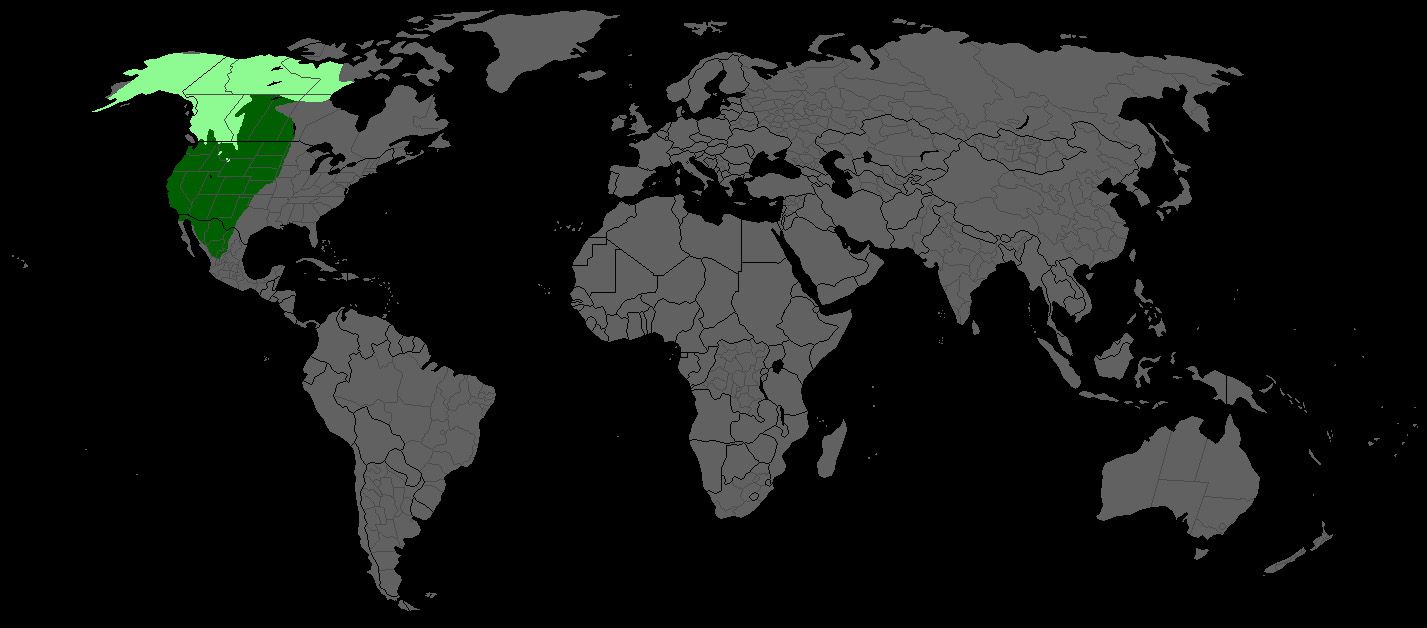
Here's another little bear video:
wolf
Wolves are considered an endangered species in British Columbia and Vancouver Island. They live in packs of five to twenty animals and mostly stay away from humans. The wolves feed mainly on deer and elk and also hunt smaller animals such as squirrels and beavers.
American black bear
There are more than 120,000 black bears in British Columbia. Attacks on humans are very rare, but can occur under certain circumstances, e.g. when they are between a mother and her young or a provocative dog. Black bears usually flee from humans, but this should not be provoked. The following precautionary measures must be observed:
Guide on how to behave around black bears:
- Watch out for feces or tracks nearby.
- Always carry the bear spray with you.
- Walther ProSecur animal repellent spray: https://amzn.to/3NIqFiO *
If you come near a bear and it doesn't run away, you should speak loudly to draw attention to yourself. Avoid direct eye contact, but never turn your back on the bear. Under no circumstances should you start the run, as this can prompt the bear to instinctively run after you. If the bear comes closer than 7 meters, you should definitely use the bear spray. If the bear does come closer, you should put your hands behind your neck to protect its neck.


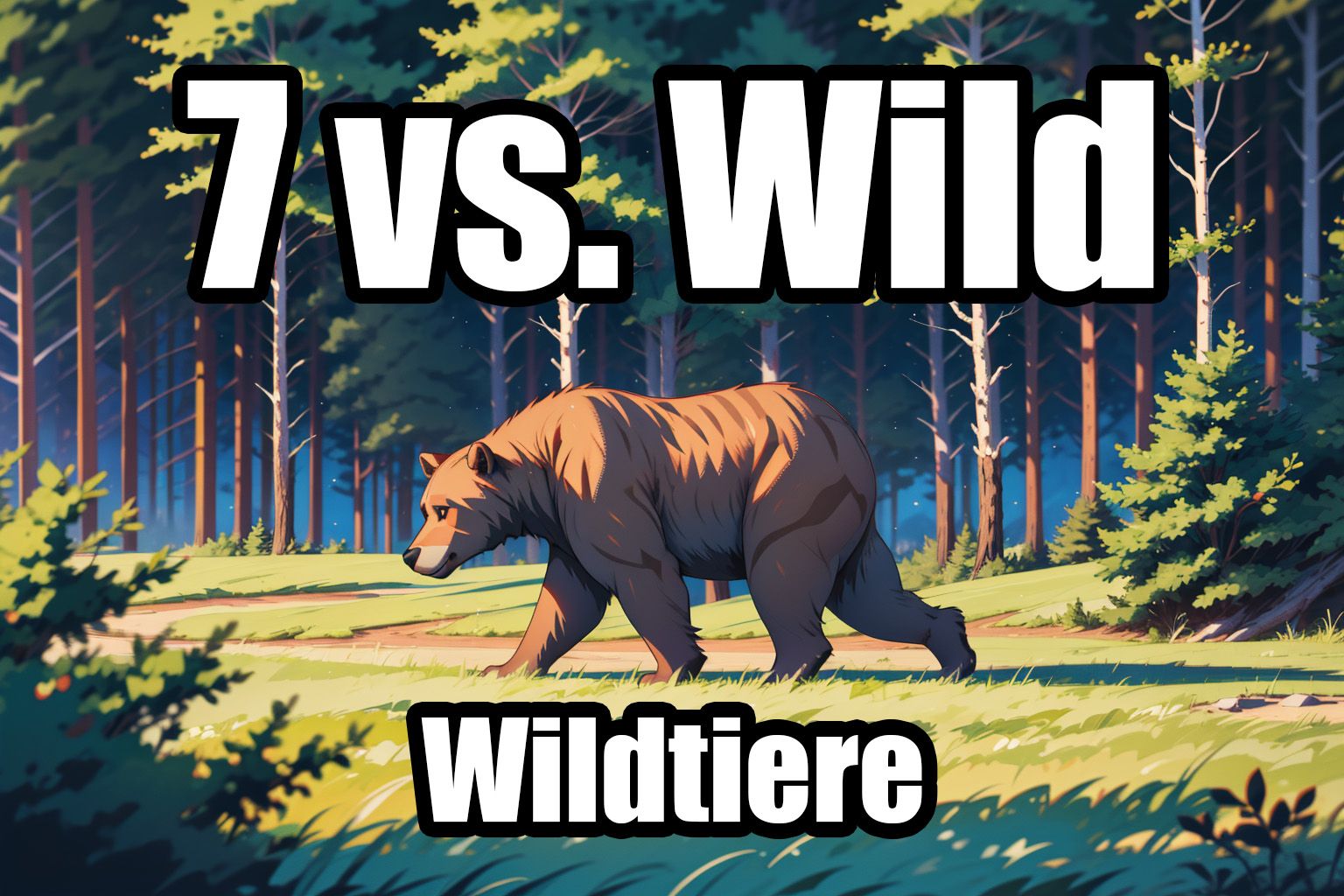
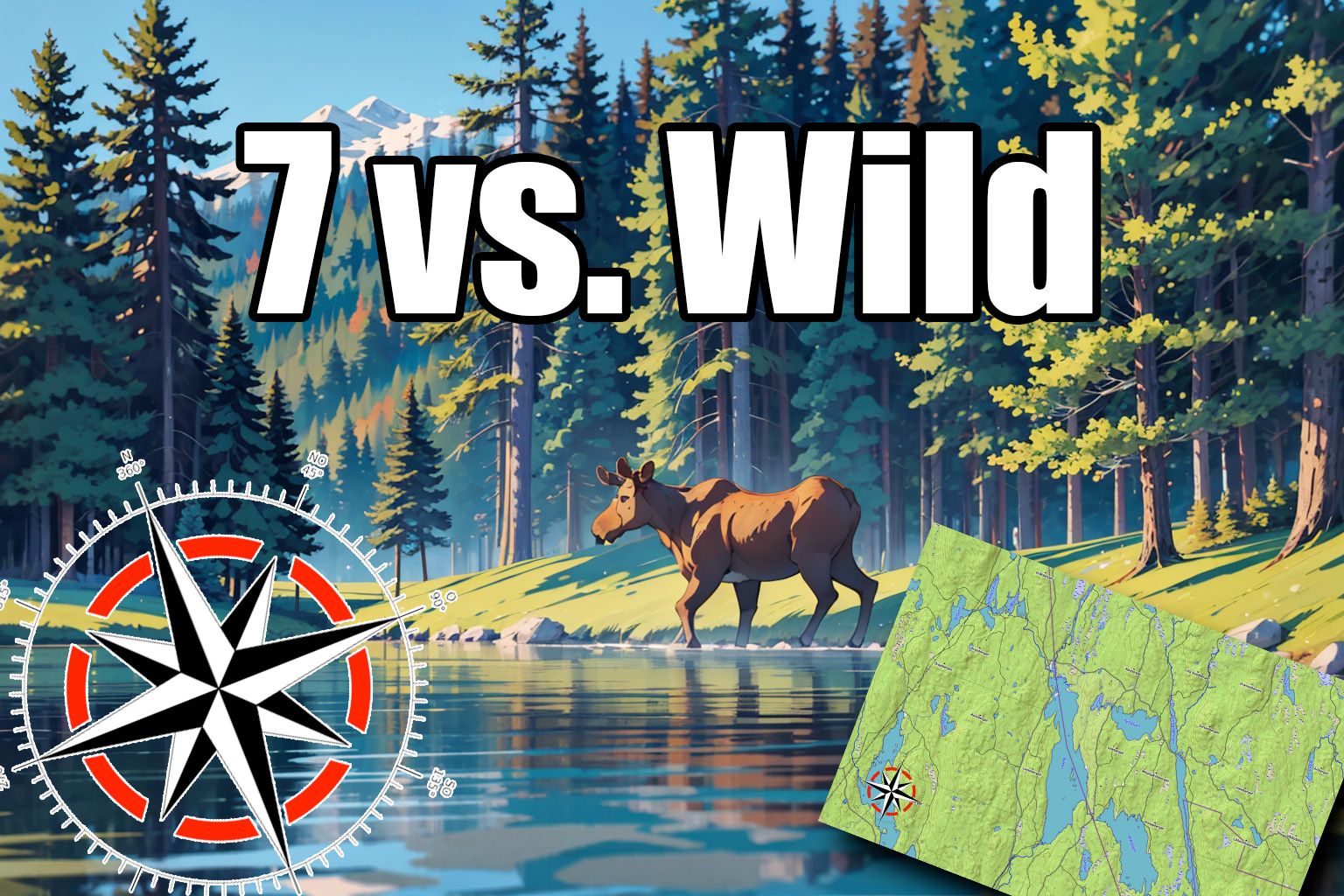
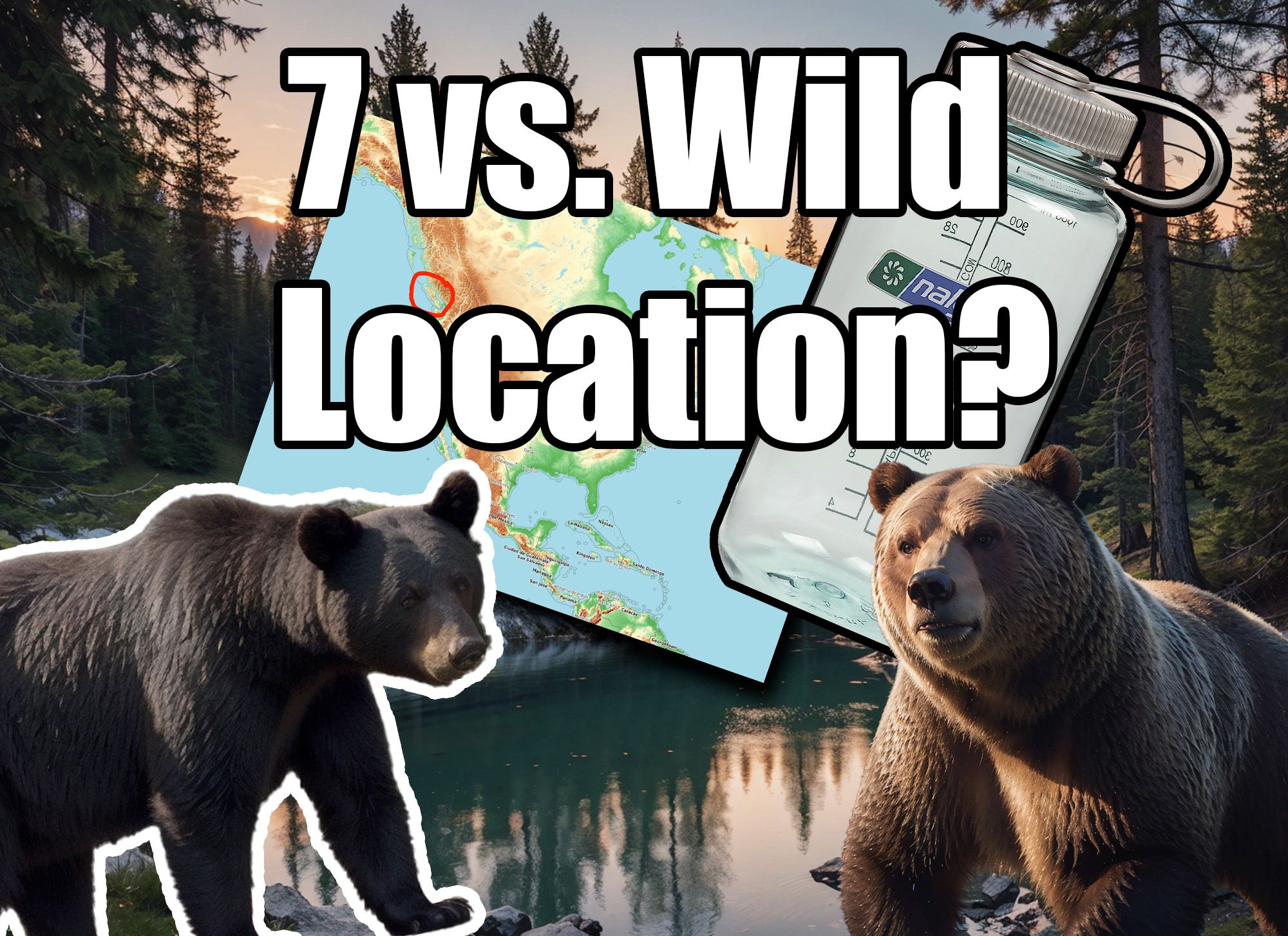
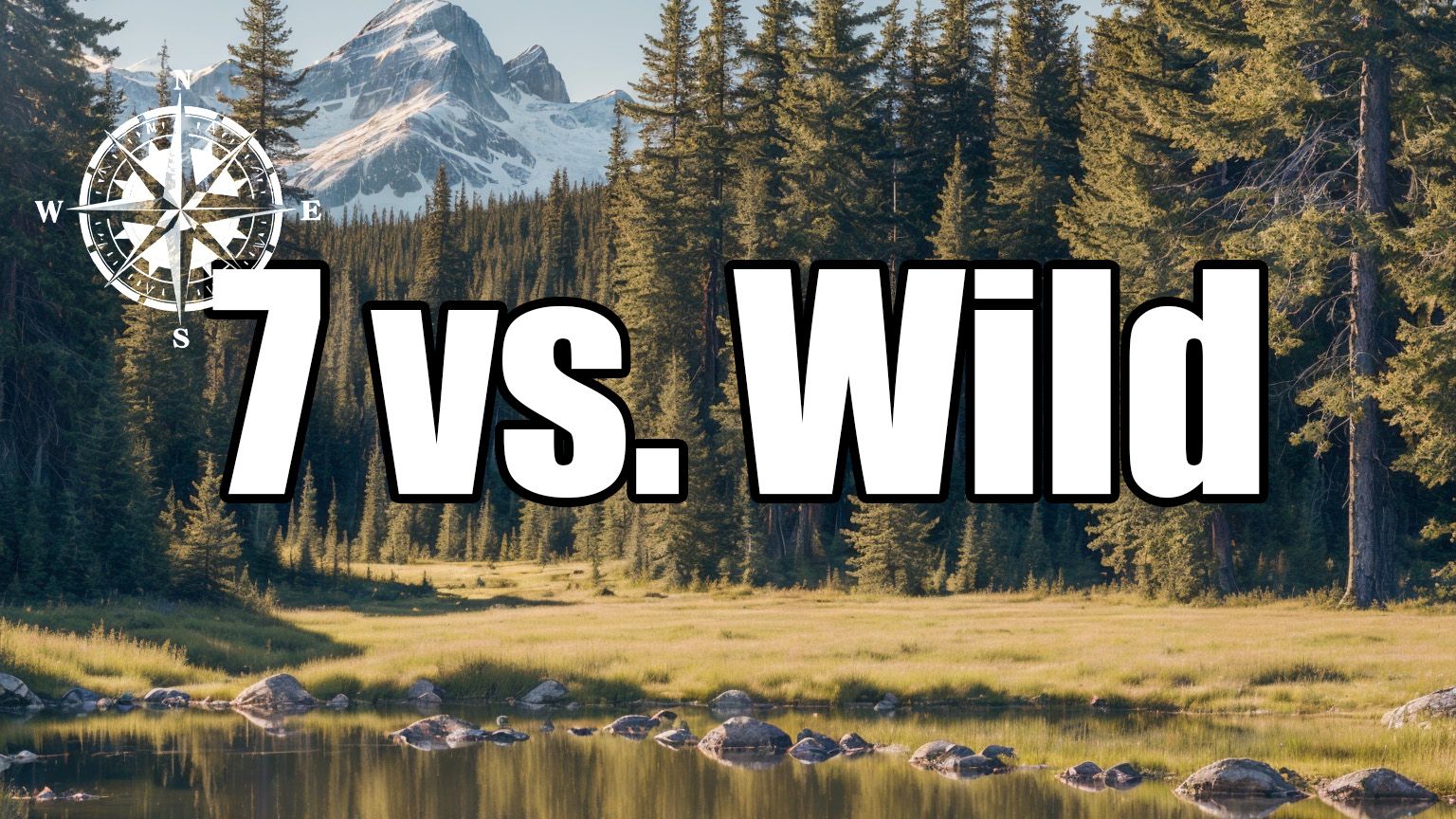
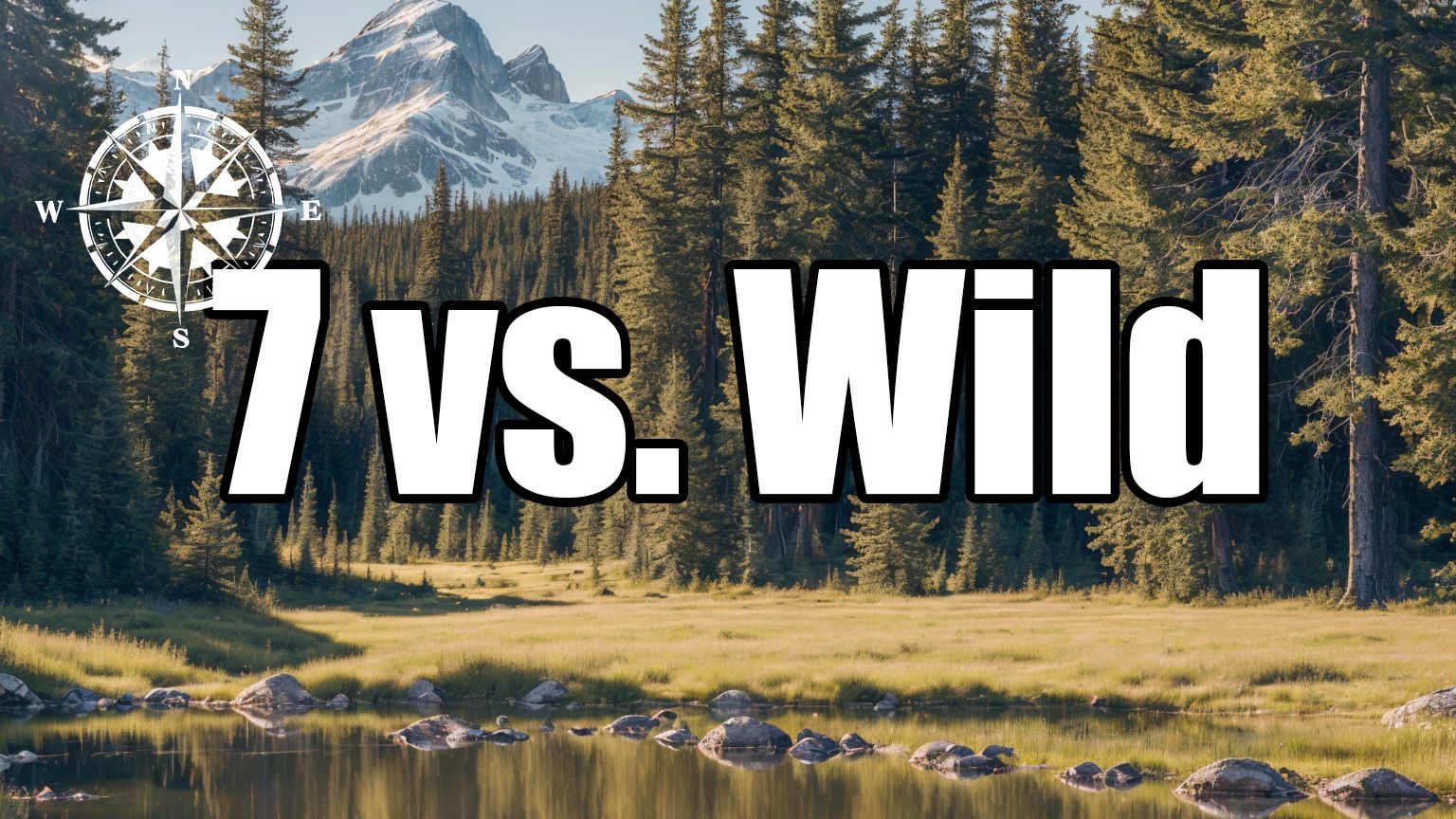

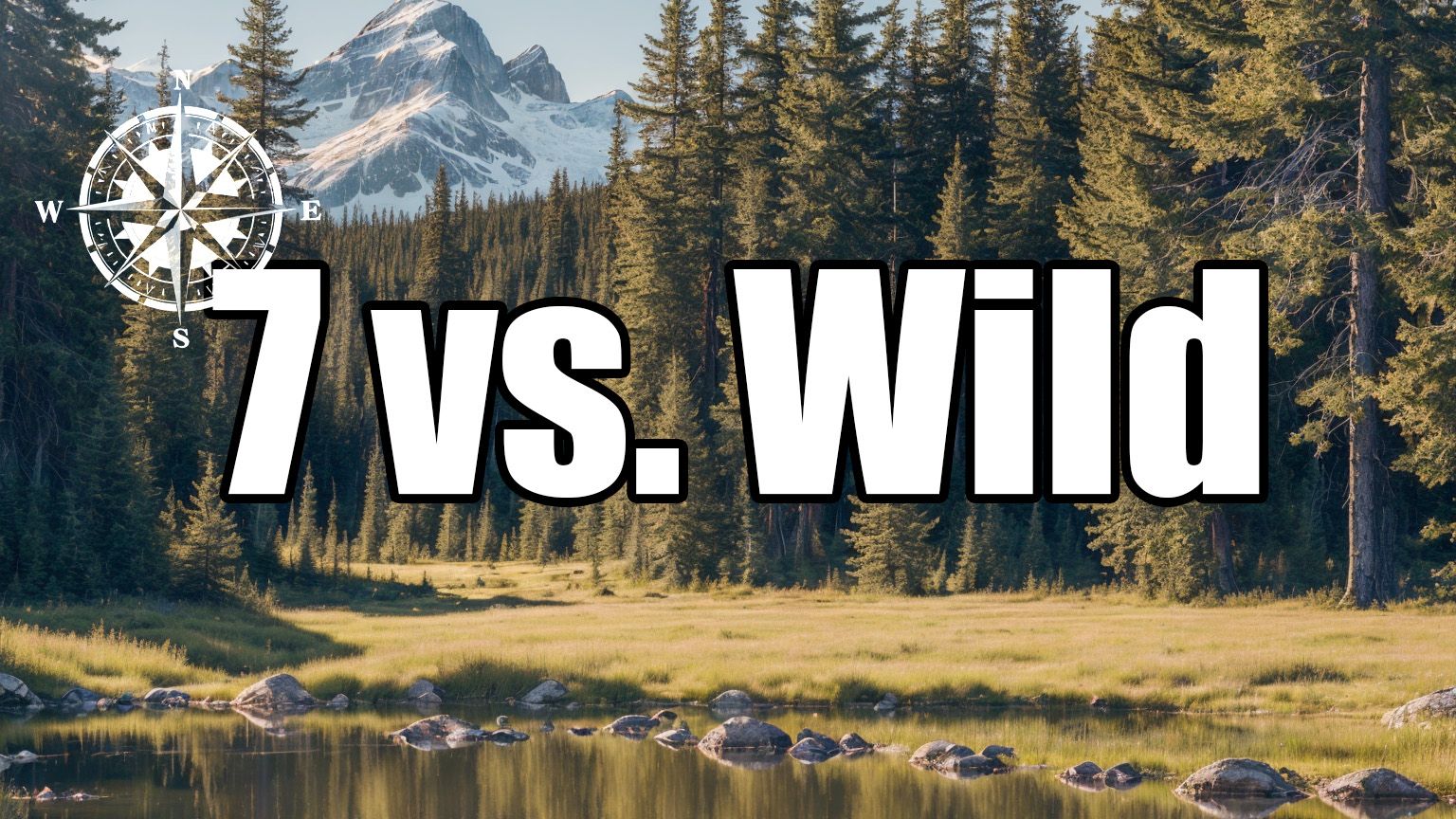

If you press this button it will load Disqus-Comments. More on Disqus Privacy: Link